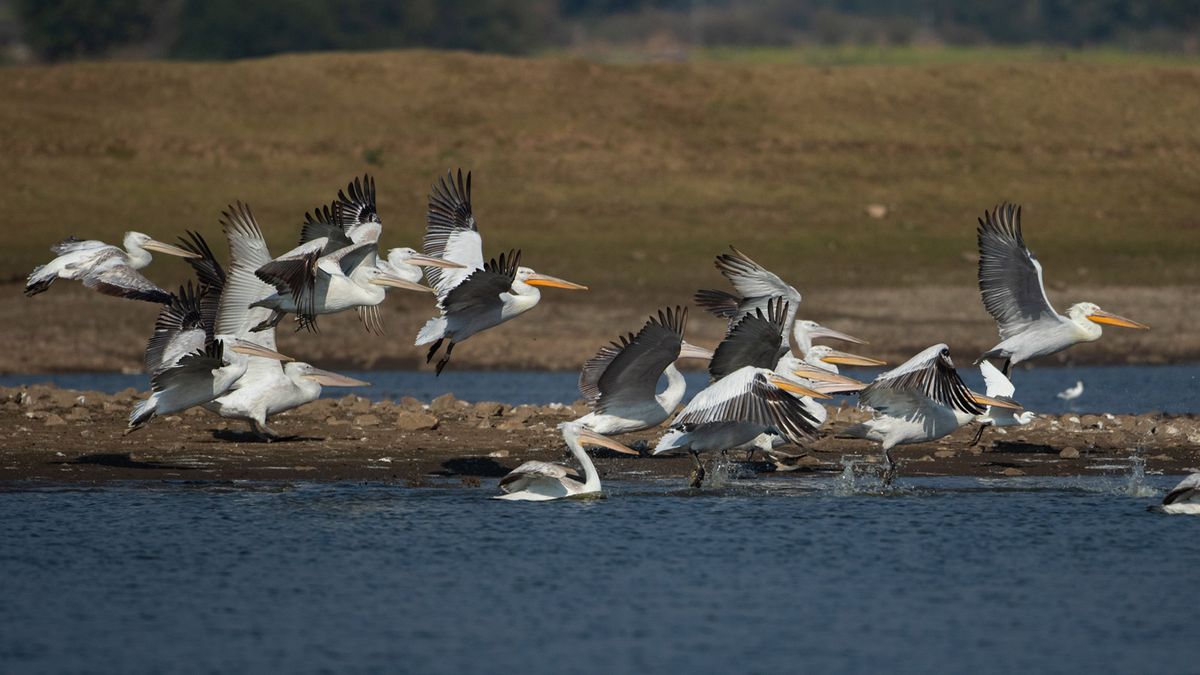It had been a frustrating morning safari; despite several tantalising alarm calls and even a distant roar, tigers had kept out of sight. The trackers had informed us that ST-30 (Sariska Tiger No. 30) was on the move but we hadn't seen her—yet. As we left the other safari jeeps behind and charted a different course, I took in the raw beauty of Sariska, the sounds of a jungle waking up, and the Aravallis in the distance in all their majestic glory. Suddenly, we braked hard and our driver whispered the magic word, "tiger!" And there she was—ST-30 just casually seated by the track, basking in the morning light. She got up and stalked off into the forest and we followed at a respectful distance. No matter how many times I have seen a tiger in the wild, every sighting is a new thrill.
Jungle book

When it comes to the top tiger reserves in India, Ranthambore (Rajasthan), Corbett (Uttarakhand), and Bandhavgarh (Madhya Pradesh) easily come to mind. However, Sariska Tiger Reserve isn’t far behind, particularly given its spectacular turnaround over the past few years. Named after the Siris tree, Sariska in Rajasthan's Alwar district is one of the oldest bio-diversified forests in India. Declared a tiger reserve in 1978, it faced a calamitous decline in 2004 when all its tigers were completely wiped out largely due to poaching. Between 2008 and 2013, 10 tigers from Ranthambore were relocated to Sariska. Fast forward 10 years and today, the tiger population stands at 31. “This is the first-ever successful tiger relocation from one wild habitat to another. Many cubs were born in Sariska after the project began, and the relocation is still ongoing” says Anil Rodgers, head naturalist at Utsav Camp Sariska.
This is one of the pioneering safari camps in the area that not only offers tiger safaris but also participates in conservation efforts by way of recording and monitoring biodiversity through camera traps, wildlife photography, etc.
In the wild
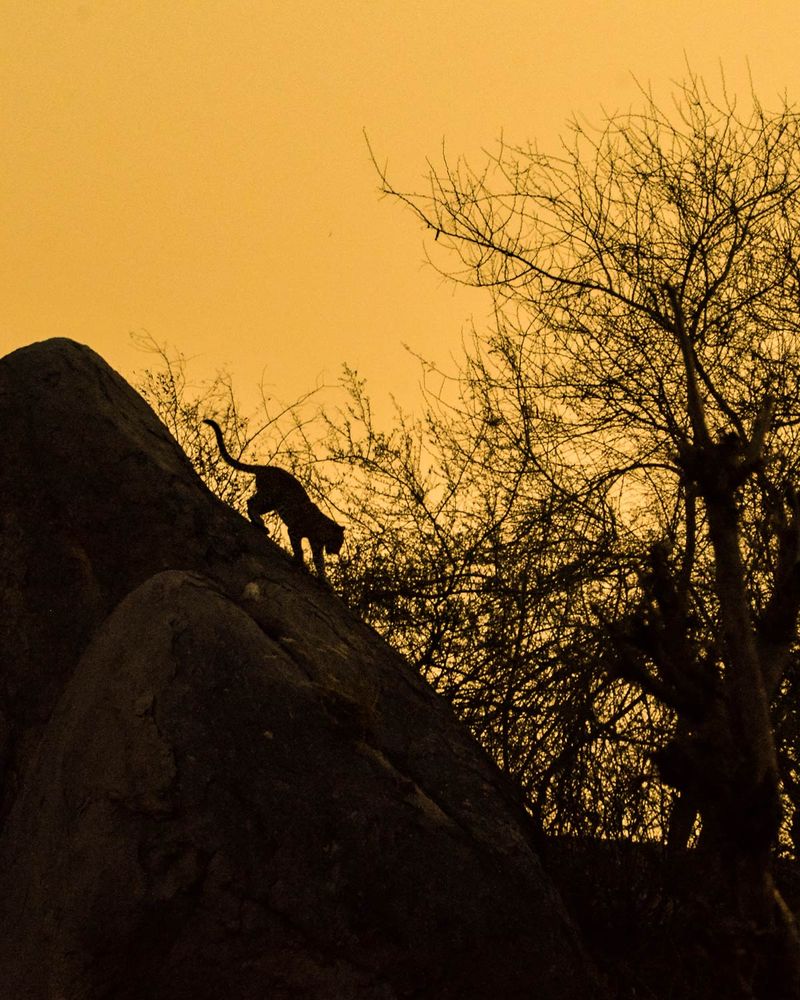
I arrived at Utsav Camp Sariska on a scorching hot October afternoon. After a cooling welcome drink and a quick lunch, I checked into my air-conditioned stone cabin. At 1,000 sq. ft., it’s a generously proportioned living space with floor-to-ceiling windows, a large bathroom, and gorgeous hand-painted forest-themed wall murals.
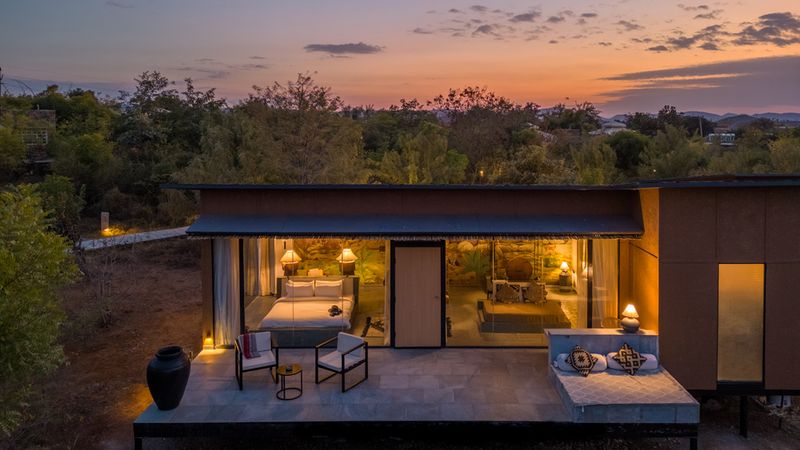
Apart from nine stone cabins, the camp also offers 10 Swiss tents and three expansive forest bungalows. Whichever option you choose, you will have privacy and the feeling of staying in the lap of nature—particularly with al fresco sit-outs like rustic khaats or star-gazing patio beds. Several indoor and outdoor lounge areas dot the camp; I particularly liked the rooftop Forest Lounge with panoramic views of the surrounding Aravallis. There’s a rooftop pool to cool off in as well as a spa—a relaxing massage is just what I needed after bouncing along in a jeep all day! The camp is also pet-friendly, so you don’t have to leave your furry friends behind when you go on your holiday (pets are not allowed on forest safaris, of course).

My experience began with an evening nature trail within the buffer zone, with Rodgers pointing out various species of plants and trees indigenous to the forest. Sariska is also a birder’s paradise and I spotted everything from peacocks and kingfishers to lapwings, cranes, and ibis. The deciduous forest is dotted with enormous granite boulders formed by volcanic activity thousands of years ago. This is a favourite spot of leopards; incidentally, Sariska has the second highest number of leopards in India after Jawai nearly 500 km away.

While I didn’t spot any leopards on this trip, I did clamber over the boulders to find that the camp staff had set up a high tea experience on the boulders, complete with a scenic sunset. Apart from experiences in the wild, the camp also organises cultural excursions nearby, like a visit to the ancient Neelkanth Mahadev Temple dating between 6th and 10th centuries.
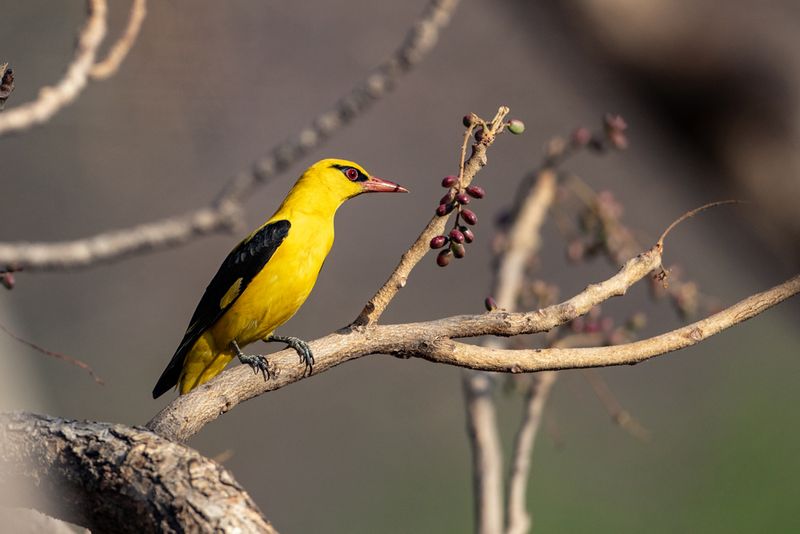
Close encounters
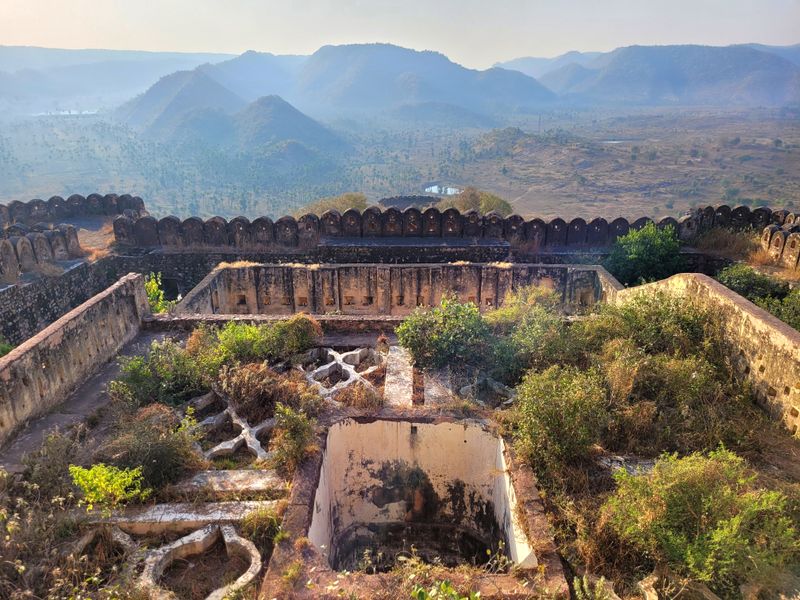
On my last day in Sariska, I was up before dawn for another excursion into the forest. But instead of the safari trails, we headed to Kankwari Fort. Located deep inside the national park, this small hilltop fort dates to the 18th century. It’s where Aurangzeb imprisoned his brother Dara Shikoh for several years before beheading him in Delhi. While its ramparts still stand, most of the fort is in ruins, although you can still see glimpses of exquisite architecture and design amidst them. It’s also a great vantage point to truly appreciate the wide expanse of Sariska National Park. After a quick breakfast on the fort’s rooftop, we began our return journey.
A few kilometres from the exit gate of the national park, we came upon a forest tracker by the road. Were we about to have another sighting? We peered through the thicket down the sloping valley to see ST-30 sprawled on her side! She was taking a catnap but she suddenly sprung up and we saw another striped beauty walk into view. “That’s ST-23 who has been mating with her,” whispered Rodgers. Unlike the female, ST-23 seemed a bit aggressive; he even advanced towards our jeep and roared twice before walking away. The sheer beauty and power he exuded was enough to give me goosebumps—it’s not a scene I’m likely to forget in a hurry.
Essentials
Sariska Tiger Reserve is 110 km (2.5 hours) from Jaipur International Airport. Utsav Camp Sariska (utsavcampsariska.com) is located 7 km from the tiger reserve’s Tehla (southern) gate. Doubles from Rs. 13,000 per night, including breakfast and taxes.


